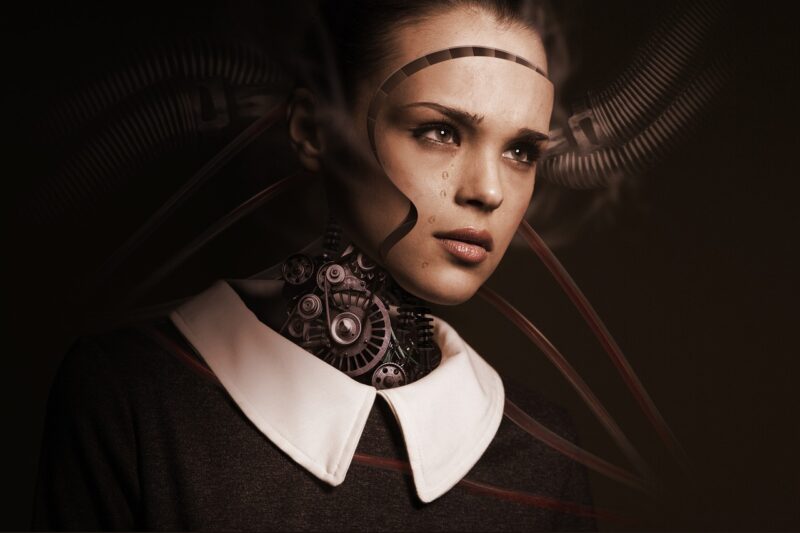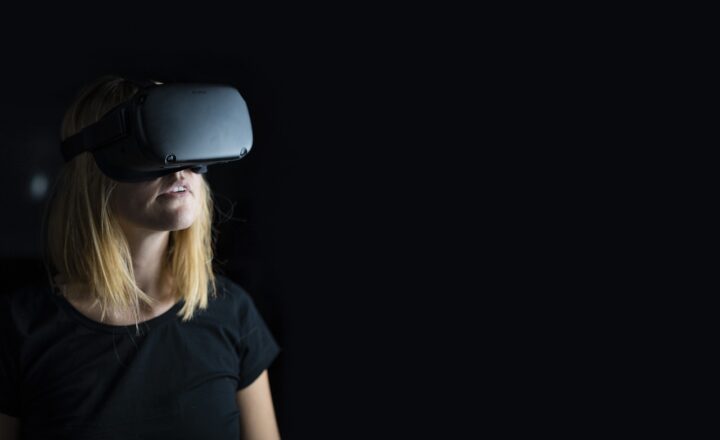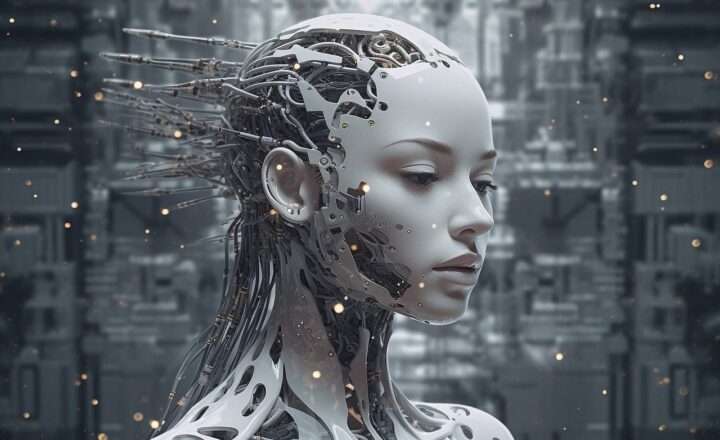From AI Art to Music: How Artificial Intelligence is Fueling Creative Expression
November 11, 2024

Artificial intelligence (AI) has rapidly transformed numerous industries, and the world of creative expression is no exception. From generating stunning visual art to composing melodies that resonate with human emotions, AI is reshaping how we create, produce, and perceive art and music. In this article, we will delve into the fascinating intersection of AI and creative expression, exploring various applications, ethical considerations, and the future of art in an age dominated by technology.
1. The Rise of AI in Art and Music
The advent of AI technologies has democratized the creation of art and music, making it accessible to a wider audience. Algorithms and machine learning models trained on vast datasets can analyze patterns, learn styles, and generate content that challenges our traditional notions of creativity.
For instance, AI-generated art can range from vibrant paintings that mimic renowned artists’ styles to abstract works that push the boundaries of what art can be. Similarly, AI in music composition can synthesize sounds, create original melodies, and even collaborate with human musicians.
The creative possibilities are virtually limitless, leading us to question: can machines truly be creative? Or are they merely tools amplifying human creativity?
2. How AI is Transforming Visual Art
Artificial intelligence has carved a niche in the world of visual arts. Tools like DeepArt and Artbreeder utilize neural networks to generate new artworks by learning the styles of different artists or existing artworks.
Key Examples of AI in Visual Art:
- Style Transfer: Algorithms can take a photo and apply the painting style of a famous artist to it, creating a unique blend of photography and classic art styles. This technique was popularized by the application Prisma, allowing users to transform their images into works resembling Van Gogh, Picasso, and more.
- Generative Art: Using Generative Adversarial Networks (GANs), artists and technologists create abstract art pieces based on predefined parameters. GANs involve two neural networks pitted against each other to create novel images that often surprise even their creators.
- Virtual Artists: AI can act as an artist in its own right, exemplified by the auctioning of paintings created by AI. An AI-generated artwork titled “Edmond de Belamy” was sold for $432,500 at Christie’s auction house, challenging human-created art’s value and uniqueness.
These advancements not only bring fresh perspectives to creative endeavors but also stir debates about ownership, authorship, and the authenticity of art.
3. AI’s Impact on Music Composition
Just as AI has started to revolutionize the world of visual art, it is making waves in music composition as well. By analyzing vast databases of musical compositions, AI can create new pieces that mimic various genres and styles.
Prominent Applications of AI in Music:
- AI Composers: Programs like AIVA (Artificial Intelligence Virtual Artist) can compose original music across multiple genres. AIVA has been used to create soundtracks for films and commercials, showcasing AI’s potential to function as a composer.
- Collaborative Projects: Artists often collaborate with AI applications to enhance their work. For example, the collaboration between musician Taryn Southern and an AI system called Amper Music resulted in the album “I AM AI,” which features tracks composed by AI but shaped by her musical input.
- Music Recommendation Systems: AI algorithms in platforms like Spotify analyze user preferences to recommend songs tailored to individual tastes, optimizing user experience and engagement.
These developments not only expand the creative toolbox but also redefine what it means to be a musician in our modern world.
4. The Ethical Considerations of AI in Creative Professions
As AI continues to influence creative fields, it raises important ethical questions regarding authorship, authenticity, and the future of human creativity.
Key Ethical Questions Include:
- Who Owns AI-Generated Works? If an AI creates a piece of art or music, who is the rightful owner? The debate intensifies over whether credit should go to the developers of the AI, the users who guided it, or the AI itself.
- Can AI Truly Create? While AI can generate content that mimics human artistry, does it possess true creativity or understanding? Does the lack of emotions and experience in AI impact the depth of its creative output?
- Impact on Employment: As AI becomes more capable, concerns rise about potential job displacement in creative roles. Could artists and musicians find their roles diminished in favor of AI-generated content?
Addressing these concerns is essential to navigate the future landscape of creative industries and ensure that the advantages of AI technologies are ethically balanced with the value of human creativity.
5. The Future of AI in Creative Expression
The future of AI in creative expression appears bright and evolving. As technology advances, we can anticipate even more sophisticated applications reshaping how we understand and engage with art and music.
Predicted trends include:
- Hybrid Creativity: The collaboration between human artists and AI will deepen, leading to unique and innovative forms of art and music combining the emotional depth of human intention with the analytical power of AI.
- Personalized Music and Art Experiences: AI will allow for tailored experiences, curating individualized playlists or visual installations based on a user’s emotional state, preferences, and surroundings.
- Continual Learning and Evolution: AI systems will become more adept at learning from human feedback, enabling them to adapt and evolve over time, further blurring the lines between human-made and AI-generated content.
As we navigate this new territory, it becomes crucial to maintain a dialogue related to technology’s impact in these creative spaces, ensuring that it enriches rather than diminishes human artistic endeavors.
Conclusion
In conclusion, artificial intelligence is radically changing the landscape of creative expression, offering limitless possibilities across various artistic disciplines. From generating striking visual artworks to composing evocative music, AI not only broadens our creative toolkit but also compels us to rethink the nature of art and originality. As technology continues to evolve, the conversations around ethics, creativity, and the role of humans in the artistic process will remain at the forefront.
As we embrace the future of AI-driven creativity, let us harness its power to enhance human expression while ensuring that the core value of artistic intention and emotion endures. The synergy of human ingenuity and artificial intelligence presents an exciting frontier for artistic exploration, opening new avenues for creativity that we have yet to fully stumble upon.







